Fredrik Nielsen: the sculptor shattering the rules of glass art
We visit the studio of Swedish artist Fredrik Nielsen, whose radical glass sculptures blur the boundaries of craft and art
Gustav Almestål - Photography
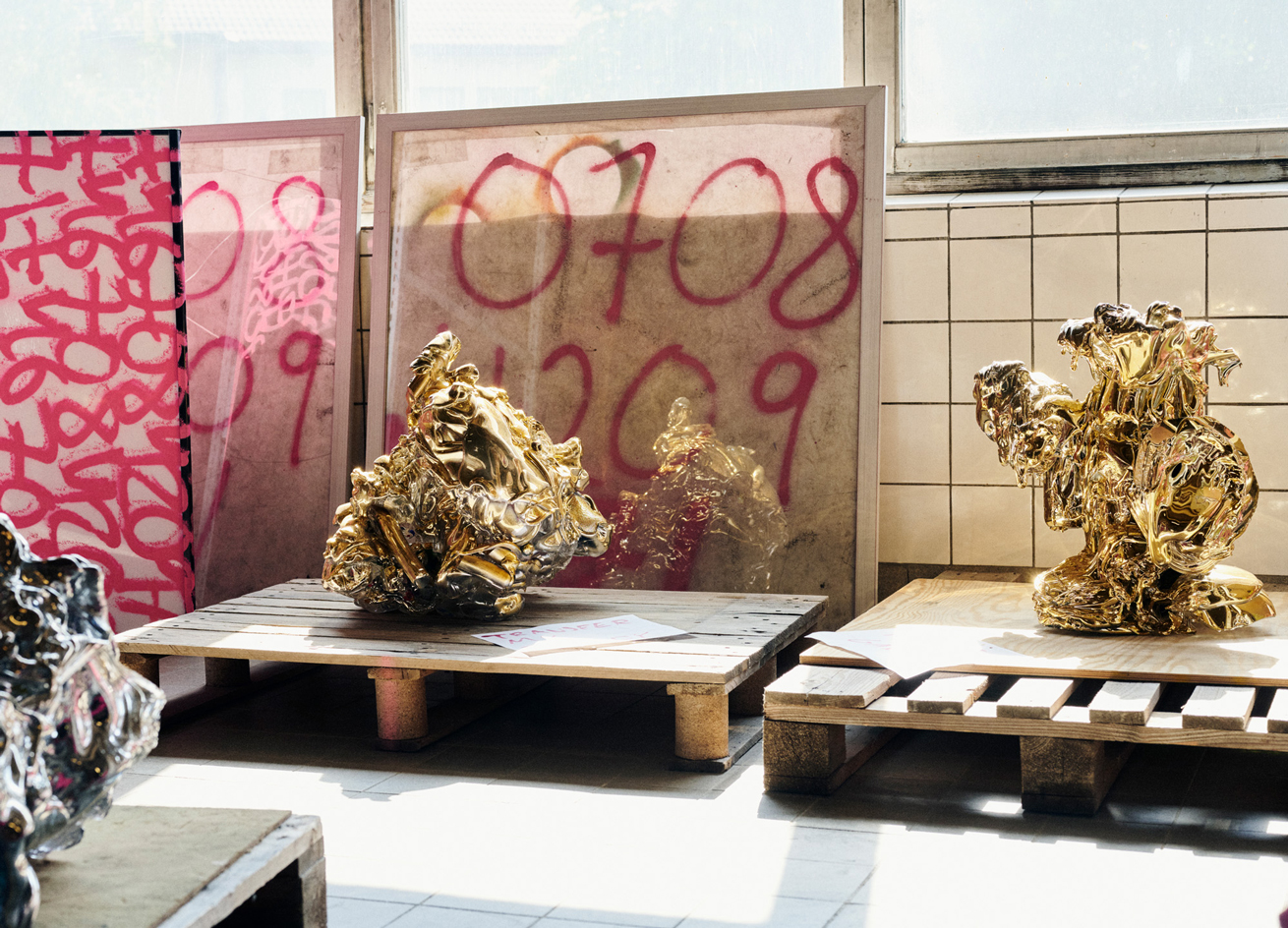
The path to craft can vary. Sometimes it’s inherited over generations; sometimes it’s ignited by a chance encounter with a master craftsperson. For artist Fredrik Nielsen, it was sparked by the 1985 Swedish coming-of-age film My Life as a Dog.
It follows Ingemar, the troubled young protagonist, who is sent away from his dying mother to live with his aunt and uncle in Småland province, home to Glasriket (‘the Kingdom of Crystal’), Sweden’s glass-making capital. ‘It’s a really cute movie,’ says Nielsen. ‘Life is very simple; the guys are working in the hot shop, the wives are packing the glass. This little boy’s mother is sick, then passes away, so he comes down to this glass kingdom, where the fire is warm and secure. That film made me think about glass.’

Portrait of Fredrik Nielsen in his glassblowing studio, Garage Stockholm
But unlike the centuries-old Orrefors and Kosta Boda glassworks in Glasriket, Nielsen is in the business of subversion: to turn an ancient craft into something defiantly contemporary. Born in Linköping, Sweden, in 1977, he was first drawn to study glass when his mother brought home an amphora vase. He recalls, ‘It wasn’t fine art. It was cast porcelain, but it was super yellow [on the outside] and white inside, and it had a volume of half your upper body. I was maybe 13 or 14, when you’re not so interested in amphora vases, but it talked to me. That volume!’
In 1998, Nielsen began training at the Orrefors Glass School, later attending the Pilchuck Glass School in Stanwood, Washington, and returning to study at the Royal Institute of Art in Stockholm. In the quarter-century since, he has pushed the art of glass to its outermost extremities. Nielsen’s studio is located at The Garage Stockholm, an old boiler room-turned-glassblowing workshop in Årsta, founded by Nielsen and Patrick Hällbom in 2015 as a hub for radical creativity. Sandwiched between train tracks and a rubbish truck depot, with a neon-clad barricade to ‘prevent burglars’, there are perhaps more salubrious locations to establish a studio, but it works for Nielsen.
‘When people come in here, there’s no question as to whose studio it is,’ he says over Zoom, as he shows me around the studio and adjoining apartment, where glass sculptures are in various states of completion and his phone number is spraypainted in pink neon on every available surface: walls, floors, the fridge, the shower, a stereo, cables, CDs, buckets, speakers, detached car doors. Little has escaped the grips of Nielsen’s distinct signature. ‘If I did this at home, there would be a divorce,’ he laughs.
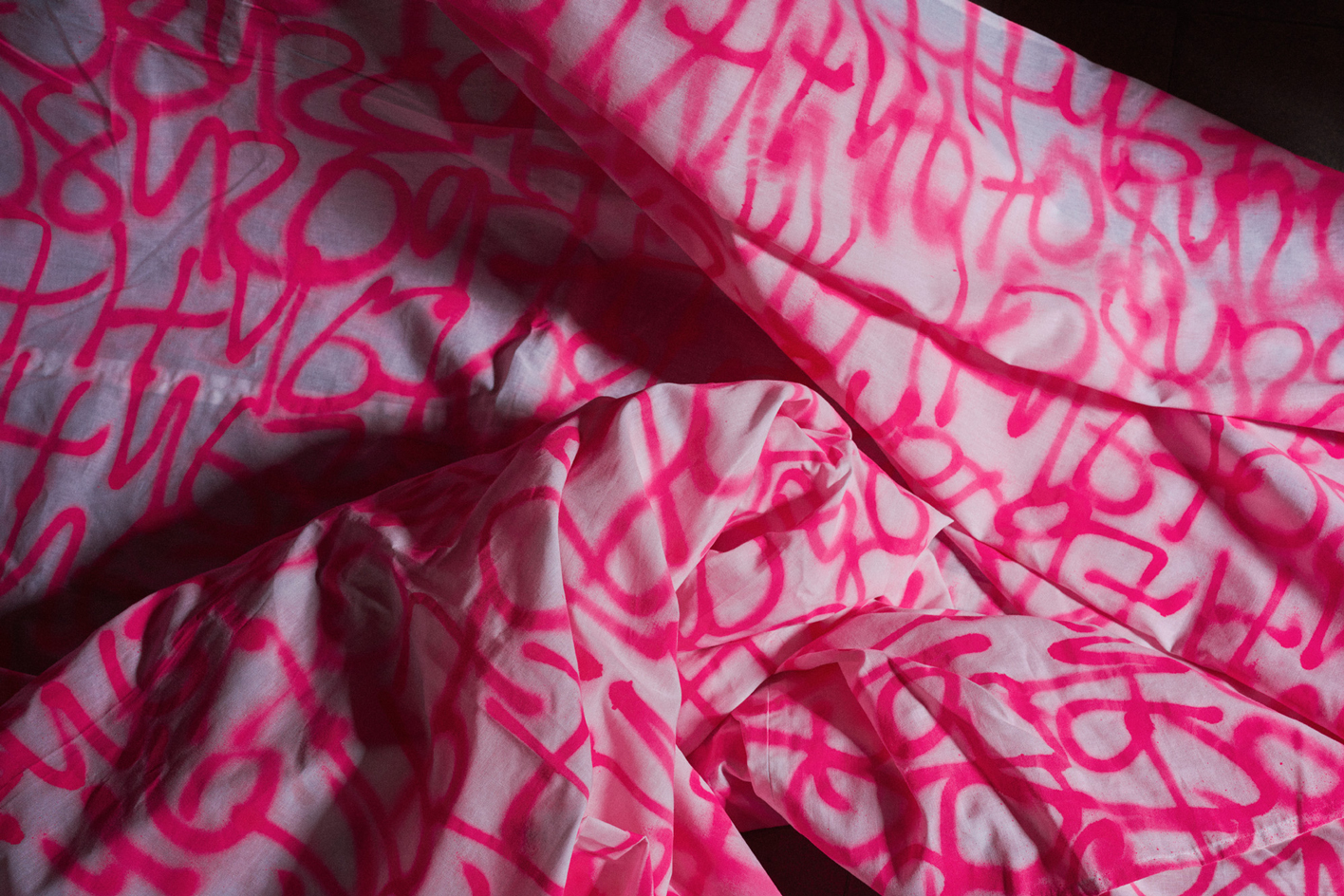
Textile featuring Nielsen's spray-painted phone number in neon pink +46708420971
So what’s with the phone number? ‘I’m the worst graffiti artist,’ he says. ‘I was really bad at painting water lilies, and I felt my phone number was the least farfetched.
‘It’s like a reference back to pop culture, like how I grew up with MTV, like a rock video. It’s my own world. If people hated my glasswork, maybe they would think it was cool that I painted the room.’ This motif is not only present in every conceivable space in his studio, he also includes it within every piece of glasswork he creates. Sometimes it’s legible, sometimes it’s buried under layers and layers of glass.
Receive our daily digest of inspiration, escapism and design stories from around the world direct to your inbox.
With Nielsen, each sentence brings a new cultural reference, from the ad-lib approaches of jazz musicians Keith Jarrett and Miles Davis to the physicality of Damien Hirst, Jean-Michel Basquiat and Anne Imhof, all of which somehow feel embedded in the multifarious layers of his work. The making process is part science, part performance, and part excavation, and it is always accompanied by music (the same music that forms the soundtrack to the artist’s exhibitions); there are no sketches or preparatory drawings through fear of ‘disappointment’. Nielsen relishes the unpredictability of what his work can become. ‘It’s better for me to jam as I go along,’ he says.

A blown glass sculpture Nielsen created in May this year, against a backdrop of spraypainted car doors, lockers and floorboards
Nielsen talks about glassmaking like an addiction, as if lured to his craft like a moth to a flame: its speed, danger, intuitiveness and immediacy. ‘Glass is my racecar, my amplifier, the only thing I know how to do,’ he says. ‘It's the fastest material in the world for sculpture. When you blow glass, it could be done an hour later. When it’s warm, the volume, the body, the shape is very strong. When it cools down, it’s just glass with colours, and you want to go back to making another sculpture, back to the honeymoon.’
But despite its extreme speed, glass offers surprising flexibility, which Nielsen likens to working as a painter. His pieces – which can weigh more than 50kg – are often layered or coated with car body paint, left to cool in an annealer, then reheated with a torch and ‘glued’ onto other parts. This is where Nielsen’s innovation lies, in his ability to treat his glassworks like evolving organisms. The resulting pieces erupt with energy; a collision of variegated surfaces and vibrant lashings of paint are preserved like creatures in amber.
When the Zoom tour enters the hot shop, Nielsen points to one particular sculpture. ‘Part of this I gave to my dad in 1999, and he broke it. It’s the same chemistry and viscosity, so I could heat it back up for this new piece, and add more,’ he says.

The trio of glass pieces that make up Mixed Emotions, Nielsen’s installation for the Loewe Foundation Craft Prize 2022, on display at the Seoul Museum of Craft Art in July.
‘I use the glassblowing pipe more as a broom. Now, when I look at the glass furnace, I don’t feel like a boy scout anymore, needing to do it “right”.’ But despite Nielsen’s rebellious approach to glassmaking, there remains a sense of needing to know the rules before breaking them. ‘That’s something that goes back to the craft – if you blow glass the wrong way, you can’t really do it,’ he says.
As a testament to his innovative spin on glassmaking, Nielsen was chosen as one of 30 finalists for the Loewe Foundation Craft Prize 2022, showcased at a group exhibition at the Seoul Museum of Craft Art in July. Despite their varied material palettes (including ceramics, leather and horsehair), the finalists shared a meticulous devotion to their chosen craft and a penchant for experimentation. Aesthetically, however, Nielsen’s work stood out like ice in a furnace.
His installation, titled Mixed Emotions, comprised a trio of glass pieces presented on aluminium pallets, the sort you might find in a warehouse, with neon ‘horizon lines’ of varying colours placed behind each. ‘It’s kind of a cold way to present them, but I love that they reflect down on the surface and the neon. The viewer can come in and look down on the objects and activate them themselves.’
Stick it Together Silver looks more like a colossal hunk of fool’s gold than glass. On closer inspection, gaps in the cooked aluminium surface offer windows into a luminous yellow interior, where, deep within, Nielsen has concealed his phone number.
Another, titled You’re Not the Only One, contains 36 preheated blue colour bars (used to add colour to glass), though they’re difficult to discern beneath the fractured surface, scrunched-up like cellophane. ‘It was like inviting the devil into your process because it’s really heavy,’ he says. ‘That piece was remade five or six times and had to cool down for 15 days so it wouldn’t break.’
Jonathan Anderson, creative director of Loewe and jury member for the Craft Prize, applauds Nielsen’s work for representing ‘a new direction in glassmaking. Utilising traditional glassblowing techniques but combining them with unexpected materials, his work is surprising and radical’.
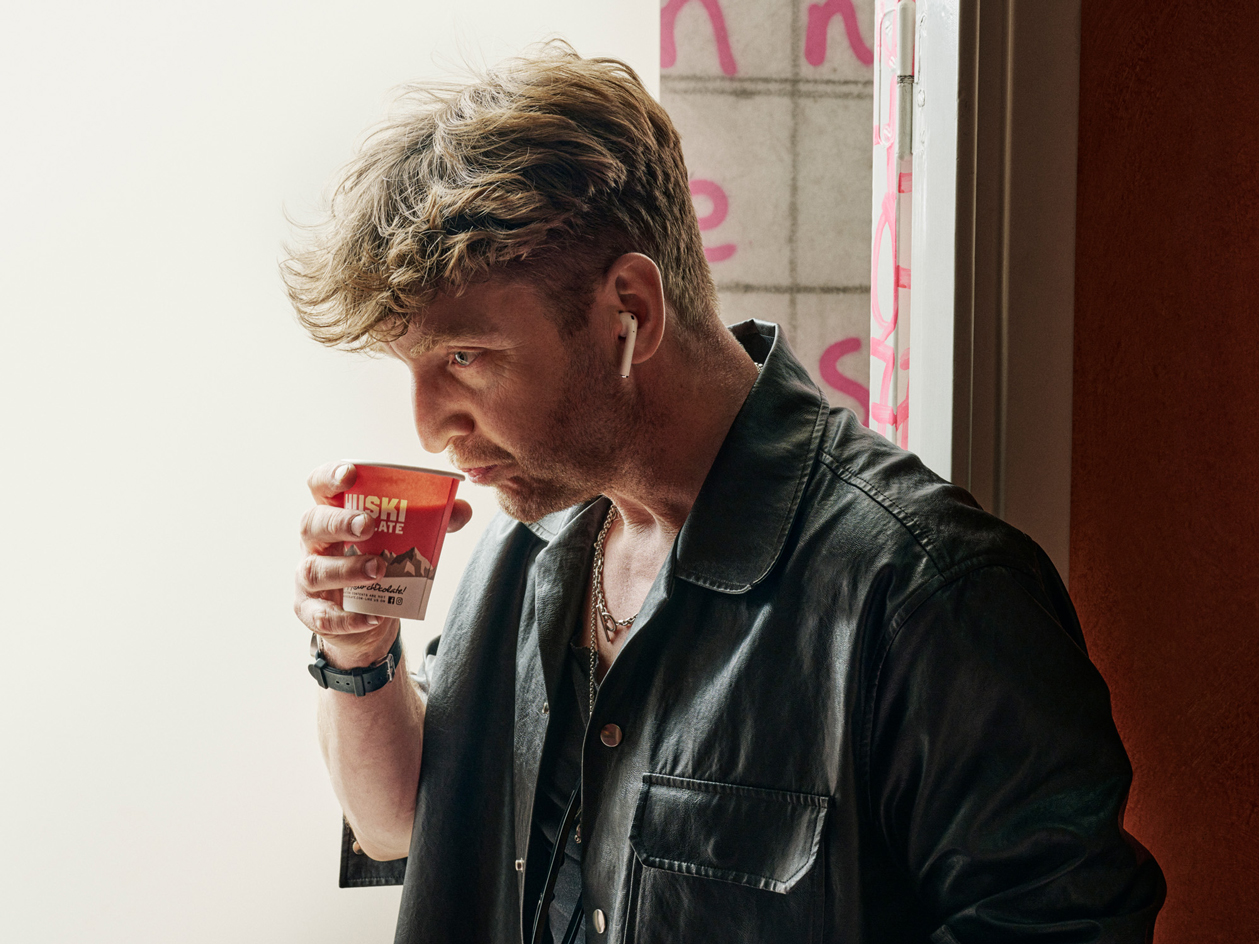
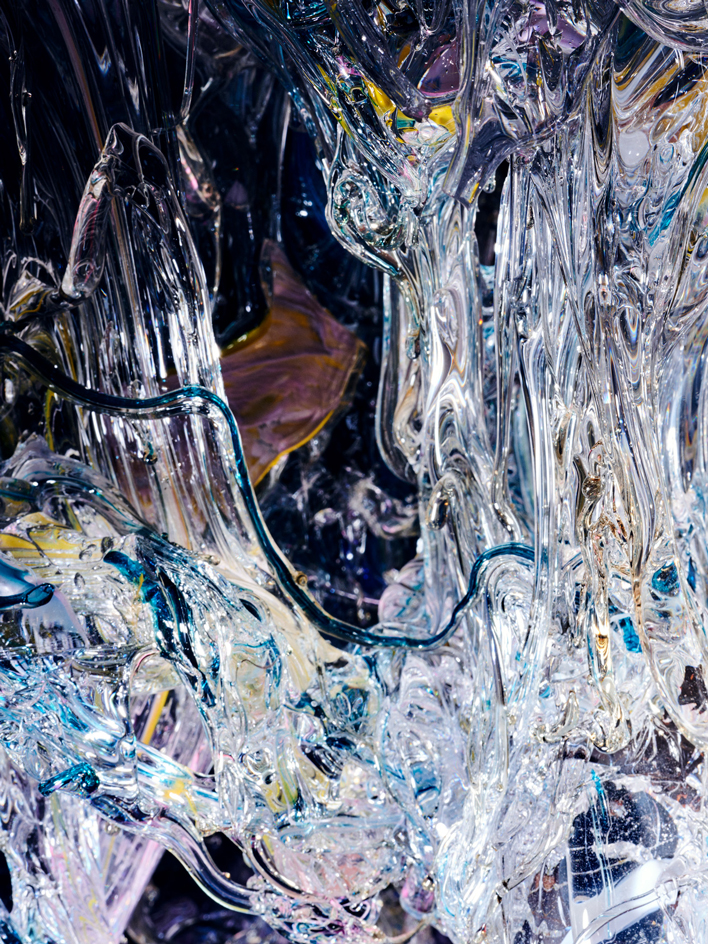
Top: Nielsen in his glassblowing studio. Above: close-up of a blown and cast glass sculpture
Though Nielsen’s glass-making is grounded in an age-old tradition and formal training, he is not a servant to his craft. He respects it, and collaborates with it, but he is also rebranding it for a new generation. ‘This is what craftspeople are up against. You can’t erase the intelligence of your hand, and you can’t erase your personality.’
Glass is often admired more for its technical prowess and inherent beauty than conceptual potential. It’s not often that it gets uttered in the same sentence as conceptual art. But the same might have been said for textiles and ceramics before Anni Albers or Peter Voulkos arrived on the scene, and look at them now. ‘The art world now envies the craft world; they have all the tools. The craft world envies the art world because they want to be cool, with ideas!’ says Nielsen. ‘I think it’s important to just go and play, and the rest will take care of itself.’
Fredrik Nielsen is redefining the art of glass in real time – what it is, what it isn’t, who’s making the rules, and who can break them. This is glass, but not as we know it. Here, it’s shattered, warped and manipulated to the point where a once transparent material has become opaque with the history of its process. With his studio, his influences – as varied as the surfaces of his work – and distinct approach to an age-old craft, Nielsen appears to be moulding his very own crystal kingdom, fit for a new era.
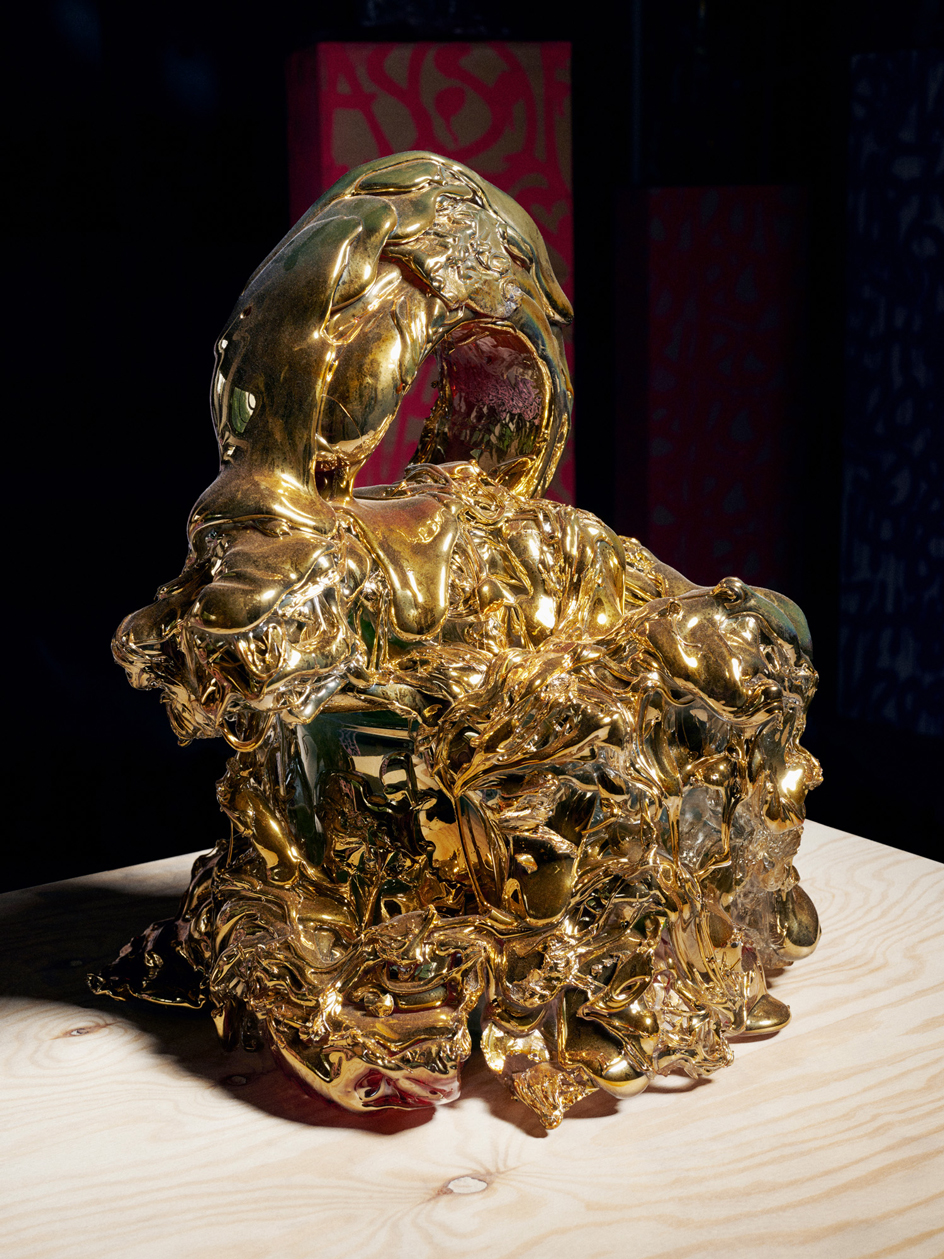
Working the Door (2022) in blown and cast glass
INFORMATION
Nielsen appears in the group show ’New Glass Now’, until 16 October 2022 at Toyama Glass Art Museum. toyama-glass-art-museum.jp
His work also features in ‘First Impression’ - Elevating the Everyday, at Charles Burnand Gallery, London from 5-30 September 2022. charlesburnand.com
This article appears in the September 2022 Issue of Wallpaper*, available on newsstands now, as well as on the Wallpaper* app on Apple iOS, and to subscribers of Apple News +. Subscribe to Wallpaper* today
-
 A new venture led by will.i.am, Trinity is an electric, AI-powered ‘brain on wheels’
A new venture led by will.i.am, Trinity is an electric, AI-powered ‘brain on wheels’The tilting Trinity 3-wheeler EV has emerged from a partnership between Nvidia, West Coast Customs, inventor Dean Kamen and tech-enthused musician and cultural entrepreneur will.i.am
-
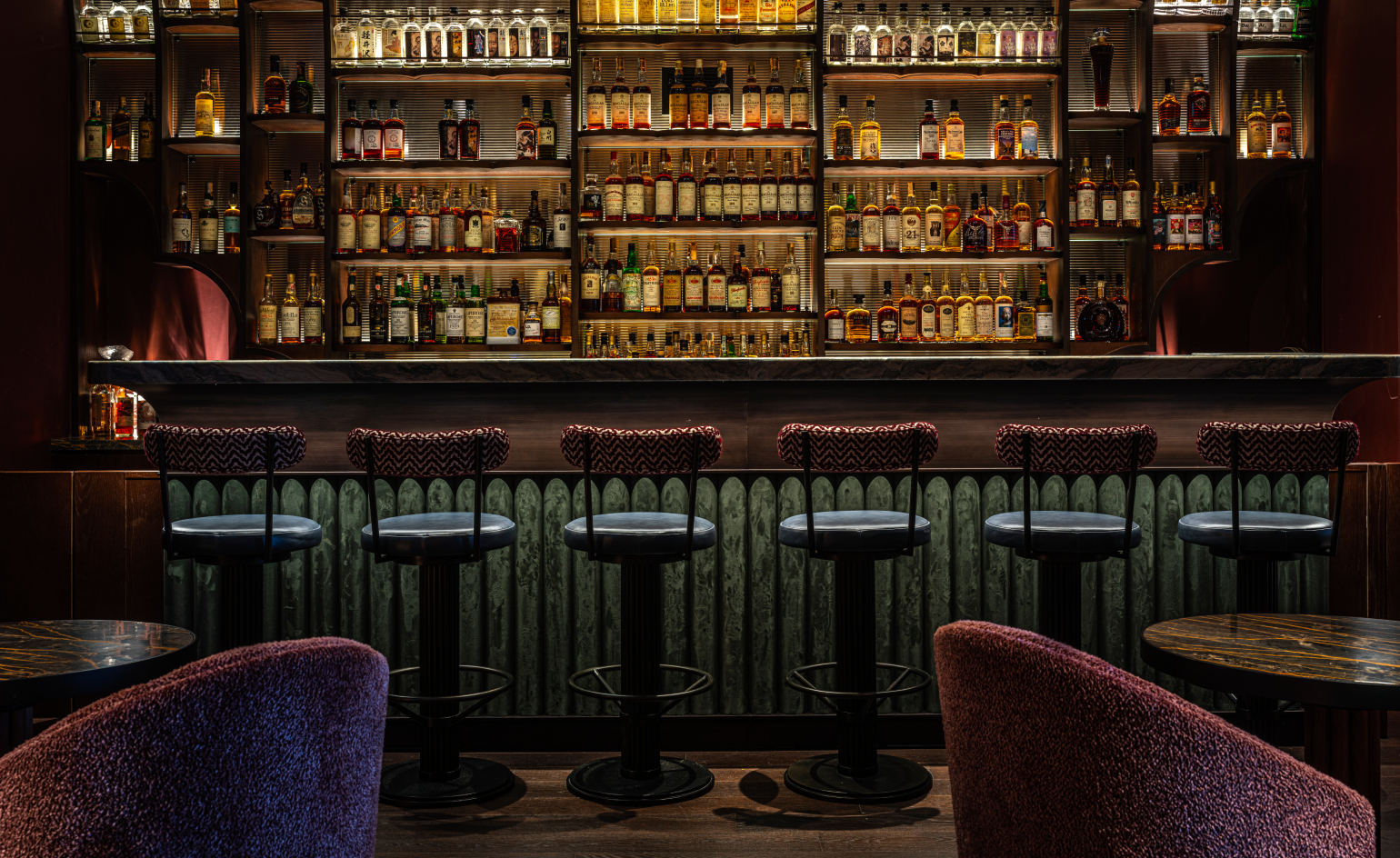 Wallpaper* Design Awards: Club Bâtard wins Best Social Hub 2026
Wallpaper* Design Awards: Club Bâtard wins Best Social Hub 2026Club Bâtard brings together an exclusive mix of fine dining and drinking across three floors of Hong Kong’s historic Pedder building
-
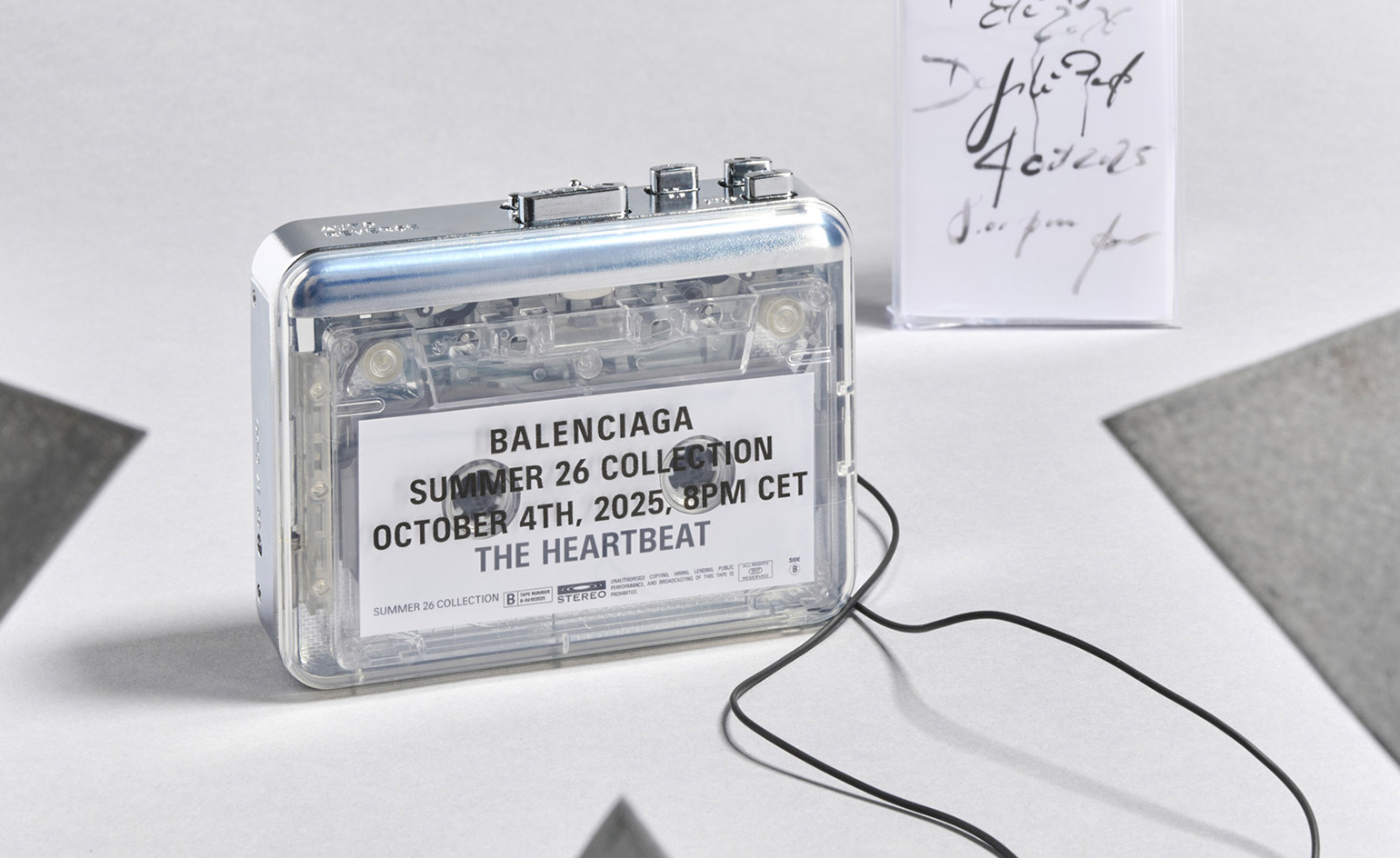 Wallpaper* Design Awards: this Balenciaga cassette player set our pulses racing
Wallpaper* Design Awards: this Balenciaga cassette player set our pulses racingThe invitation for Pierpaolo Piccioli’s debut runway show as creative director of Balenciaga was a cassette player that played a recording of a beating heart. It was our favourite invite of the year
-
 Edinburgh Art Festival 2023: from bog dancing to binge drinking
Edinburgh Art Festival 2023: from bog dancing to binge drinkingWhat to see at Edinburgh Art Festival 2023, championing women and queer artists, whether exploring Scottish bogland on film or casting hedonism in ceramic
-
 Last chance to see: Devon Turnbull’s ‘HiFi Listening Room Dream No. 1’ at Lisson Gallery, London
Last chance to see: Devon Turnbull’s ‘HiFi Listening Room Dream No. 1’ at Lisson Gallery, LondonDevon Turnbull/OJAS’ handmade sound system matches minimalist aesthetics with a profound audiophonic experience – he tells us more
-
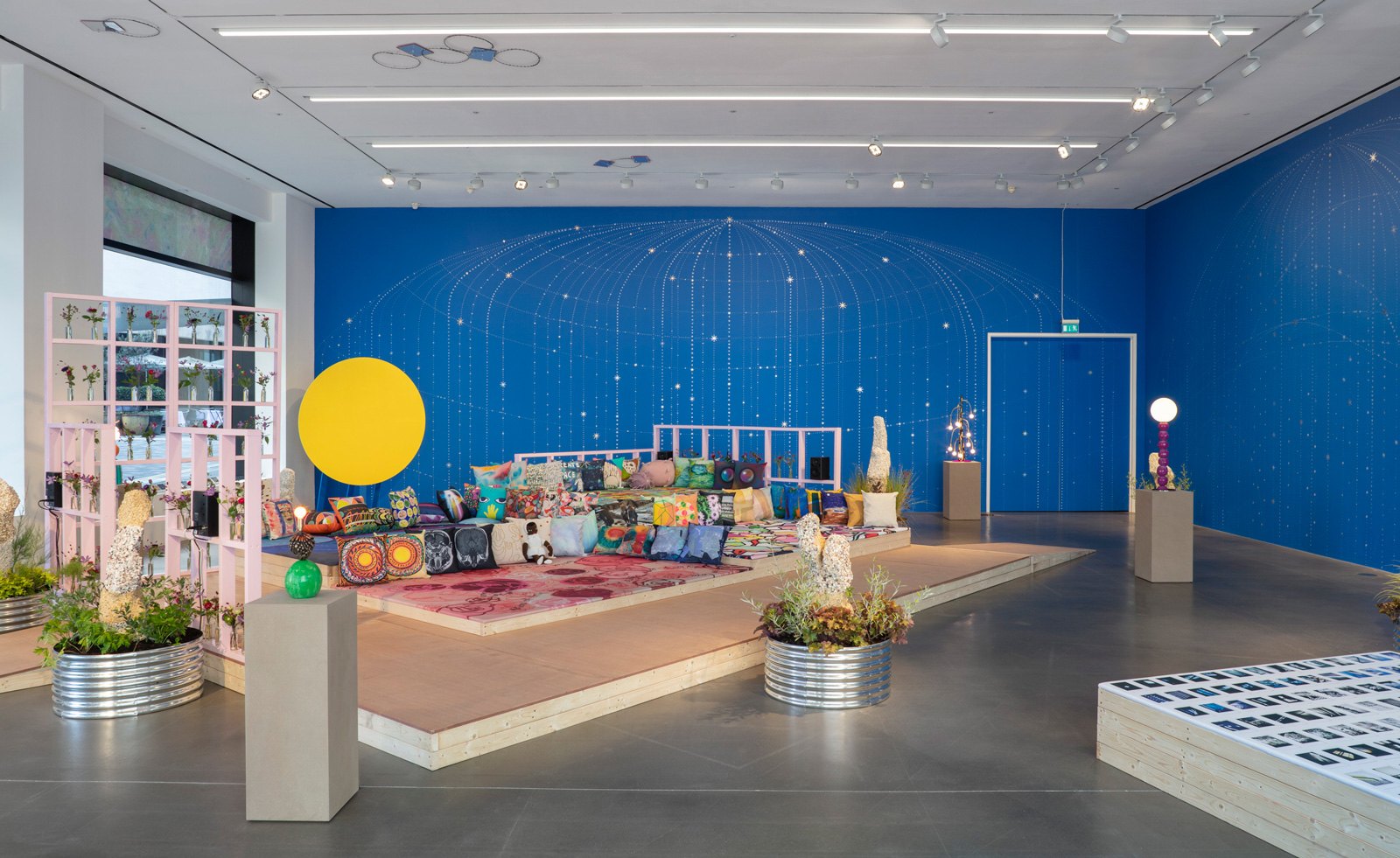 Hospital Rooms and Hauser & Wirth unite for a sensorial London exhibition and auction
Hospital Rooms and Hauser & Wirth unite for a sensorial London exhibition and auctionHospital Rooms and Hauser & Wirth are working together to raise money for arts and mental health charities
-
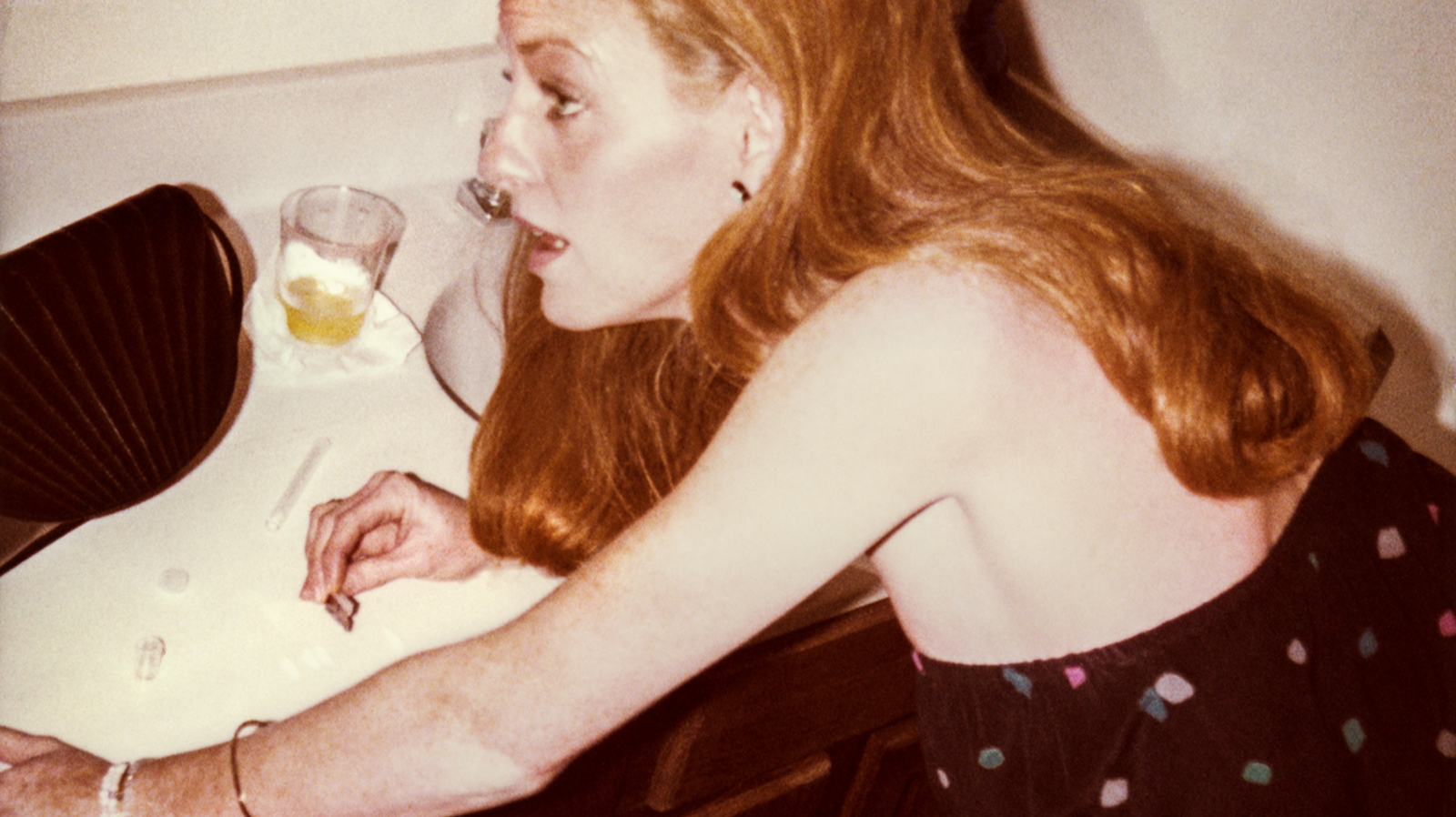 ‘These Americans’: Will Vogt documents the USA’s rich at play
‘These Americans’: Will Vogt documents the USA’s rich at playWill Vogt’s photo book ‘These Americans’ is a deep dive into a world of privilege and excess, spanning 1969 to 1996
-
 Brian Eno extends his ambient realms with these environment-altering sculptures
Brian Eno extends his ambient realms with these environment-altering sculpturesBrian Eno exhibits his new light box sculptures in London, alongside a unique speaker and iconic works by the late American light artist Dan Flavin
-
![The Bagri Foundation Commission: Asim Waqif, वेणु [Venu], 2023. Courtesy of the artist. Photo © Jo Underhill. exterior](https://cdn.mos.cms.futurecdn.net/QgFpUHisSVxoTW6BbkC6nS.jpg) Asim Waqif creates dense bamboo display at the Hayward in London
Asim Waqif creates dense bamboo display at the Hayward in LondonThe Bagri Foundation Commission, Asim Waqif’s वेणु [Venu], opens at the Hayward Gallery in London
-
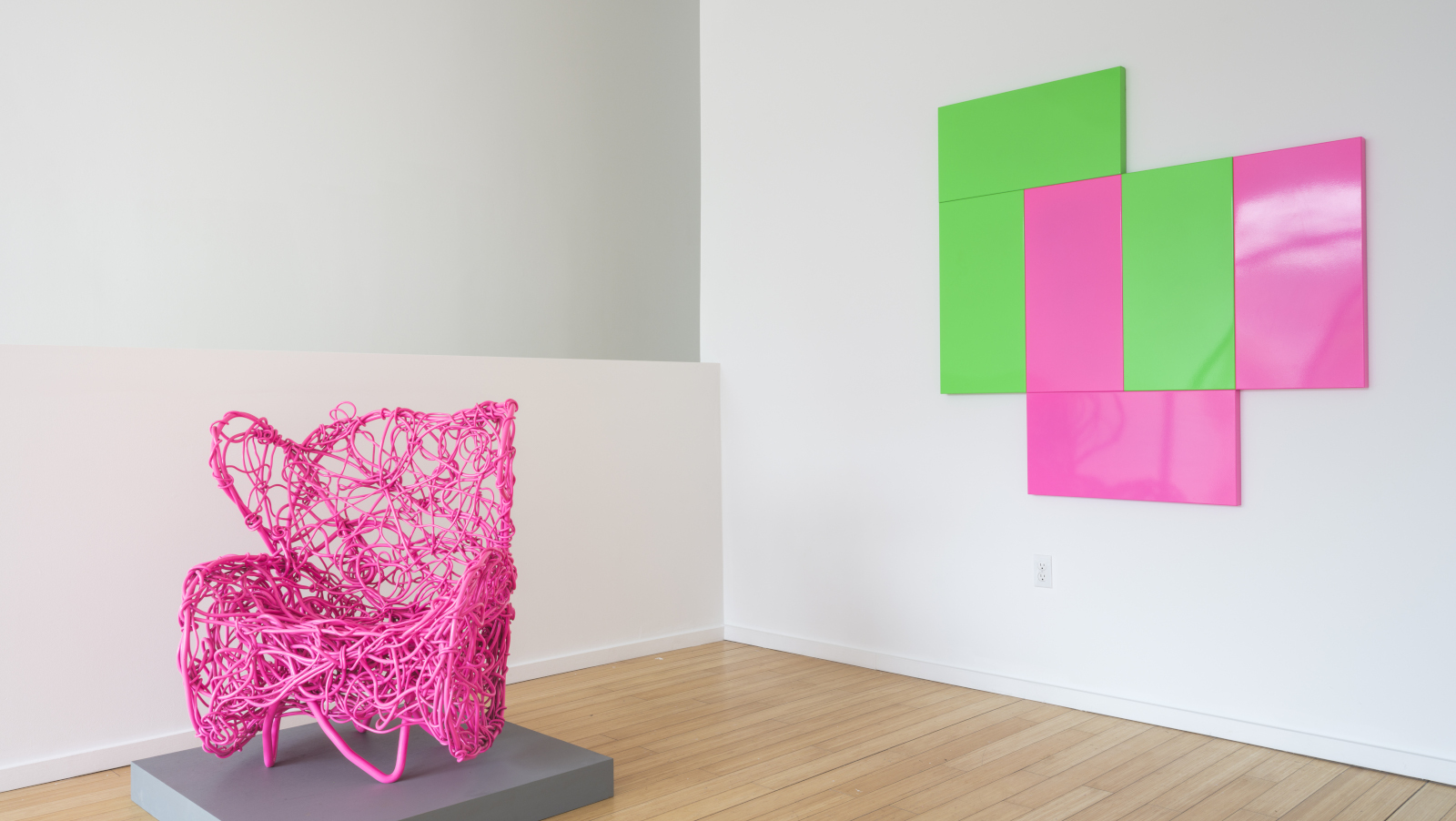 Forrest Myers is off the wall at Catskill Art Space this summer
Forrest Myers is off the wall at Catskill Art Space this summerForrest ‘Frosty’ Myers makes his mark at Catskill Art Space, NY, celebrating 50 years of his monumental Manhattan installation, The Wall
-
 Jim McDowell, aka ‘the Black Potter’, on the fire behind his face jugs
Jim McDowell, aka ‘the Black Potter’, on the fire behind his face jugsA former coal miner, Jim McDowell defied the odds to set up his workshop and keep a historic form of American pottery alive